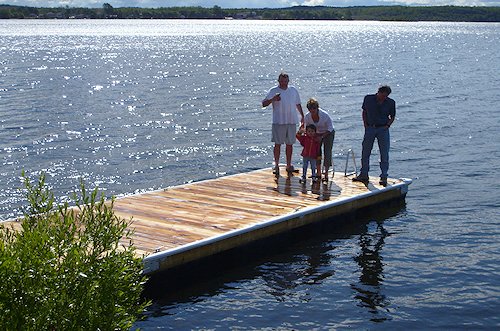
Whatever you do, take docking seriously and don’t end up committing any of these Five Docking Disasters. The larger propellers used by big inboard boats and the twin-prop drives on some stern drive units (and the new Suzuki DF350A outboard engine) both increase the effects of opposing the engines, and actually make docking that much easier.

The size of the propeller, however, does. What about the difference between outboards, inboards, and stern drives? As long as the drives are trimmed down the type of drive itself doesn’t make any difference. The closer the propellers are to each other, the less the effect opposing the engines has-and generally speaking, the more you’ll need to apply throttle to have the desired effect. We do have to point out, however, that the boat used in this video had the engines spaced very far apart. When you’re going to be backing the boat between pilings or piers, begin your approach perpendicular to the slip before you begin spinning the boat.ĭoesn’t that seem a lot easier that most people think? You bet.Put both engines in reverse to slow forward motion, if necessary.Apply more or less throttle, as necessary, to keep the boat turning and moving in the desired direction.Most marine cordage is for general or specialized use aboard sailboats, and the less it stretches, the more. If you are after rope to secure your boat to the dock, you can and should ignore most of those spools. Once you’re using the throttles, turning the wheel will only lead to confusion and diminish the effectiveness of opposing the engines. When you decide to purchase dock lines, it is possible to be overwhelmed by the variety of rope available. Center the engines (drives, or rudders), and take your hands off the wheel.Look for a flag or a similar indication of wind direction (and/or of the current, if you’re in a high-current area).
#Boatus dock it how to#
Let’s review the process on how to dock a twin engine powerboat:


 0 kommentar(er)
0 kommentar(er)
